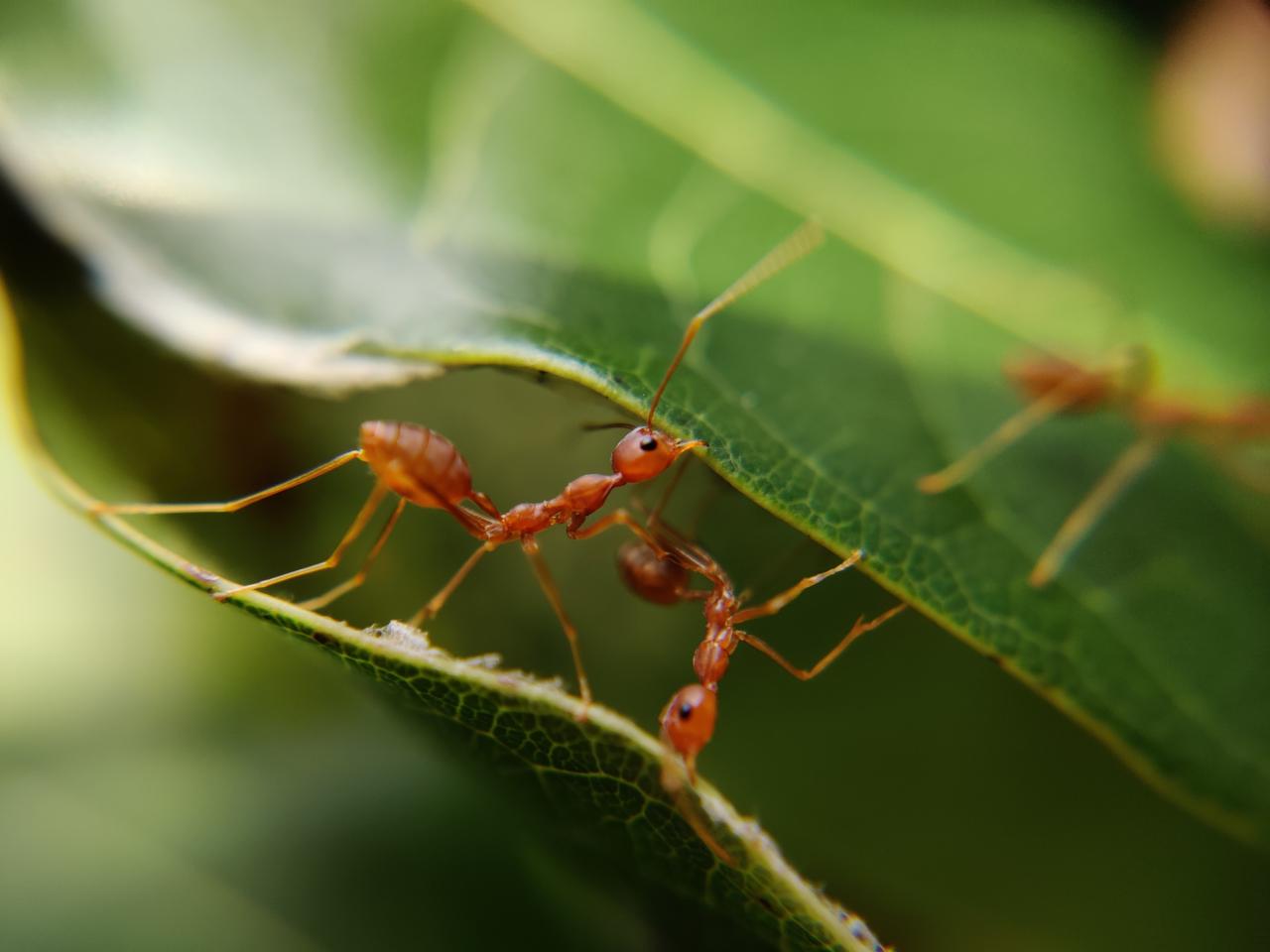This week, forestry chiefs have issued a warning that toxic hairy caterpillars are taking over the UK in plague proportions.
Discover our latest podcast
The caterpillars first arrived in London on a shipment of oak trees from the Netherlands in 2006. Since then, they have already invaded most of the south east of England and are continuing to spread further afield.
Brits are being warned about the potential impact on their health. Here's everything we know.
What are hairy caterpillars?
Hairy caterpillars are the larvae of oak processionary moths (OPM), which lays its eggs on oak trees. Its larvae leave their white, tennis-ball size nests from late March until mid-July to feed on the oak leaves.
Once they have eaten everything on one tree they move to the next - following one another in a procession from nose-to-tail, which gives them their name. The caterpillars, which grow to about two-inches long, then return to their nests in late July where they form a cocoon to transform into a moth.
The caterpillars are covered in 60,000 hairs which contain toxins called thaumetopoein. These can be 'fired off' by the caterpillars as a defence mechanism, but they can also be blown off by the wind, or remain in the nests. As a spokesman for the Forestry Commission said:
The caterpillars have thousands of tiny hairs which contain an urticating, or irritating, substance called thaumetopoein, from which the species derives part of its scientific name.
Wriggling hairy caterpillars: the timing is perfect for the arrival of cuckoos right now. One I watched today in Norfolk sang a little but was mostly stuffing its face. pic.twitter.com/ko4yBL8ICM
— Jo Sinclair (@cambridgenature) April 22, 2023
Read more ⋙ Health warning issued over fungal nail infections: Check for these common symptoms
Number of hairy caterpillars increasing
The Forestry Commission released a report last week saying a whopping 3,573 infested trees were discovered in 807 sites in Britain in 2022, and that they had received 5,244 calls and emails from concerned Brits during the past year.
It also reported that 225 Brits experienced the side effects of an 'attack' by the caterpillars in 2022, a massive increase when compared to the 56 cases in 2021.
Andrew Hoppit, the OPM manager at the Forestry Commission, said the pests are a threat to the UK's 121m oak trees:
These non-native tree pests, first identified in England in 2006, nest on oak trees and eat their leaves, leaving them vulnerable to threats including drought and other pests and diseases.
OPM caterpillars and their nests are also a hazard to human and animal health.
He recommended Brits be 'on the lookout' for the caterpillars and their nests, saying:
Curious animals such as cats and dogs are most vulnerable.
Exposure to the hairs on the caterpillars can cause itchy rashes, eye and throat irritations and occasionally breathing difficulties and allergic reactions.
Hoppit warned people against trying to get rid of caterpillar nests themselves, saying they should report them instead. He said:
Those in affected areas can help us by reporting sightings of the pest using the 'Tree Alert' reporting tool on our website, which has a lot of helpful information, including guides to recognising OPM.
An army of toxic caterpillars is on the march and poses a “hazard” to human health.https://t.co/7GOF05dVcY
— MirrorHealth (@MirrorHealth) April 23, 2023
Read more:
⋙ Another outbreak of a potentially fatal fungal infection causes alarm, here are the symptoms
⋙ New health warning issued for Brits travelling to Turkey, here's what you need to know
Sources used:
Daily Mail: 'Health warnings over toxic hairy caterpillars that can cause rashes and asthma attacks'
Mirror: 'Health warning over toxic hairy caterpillars that can cause rashes and asthma attacks'















